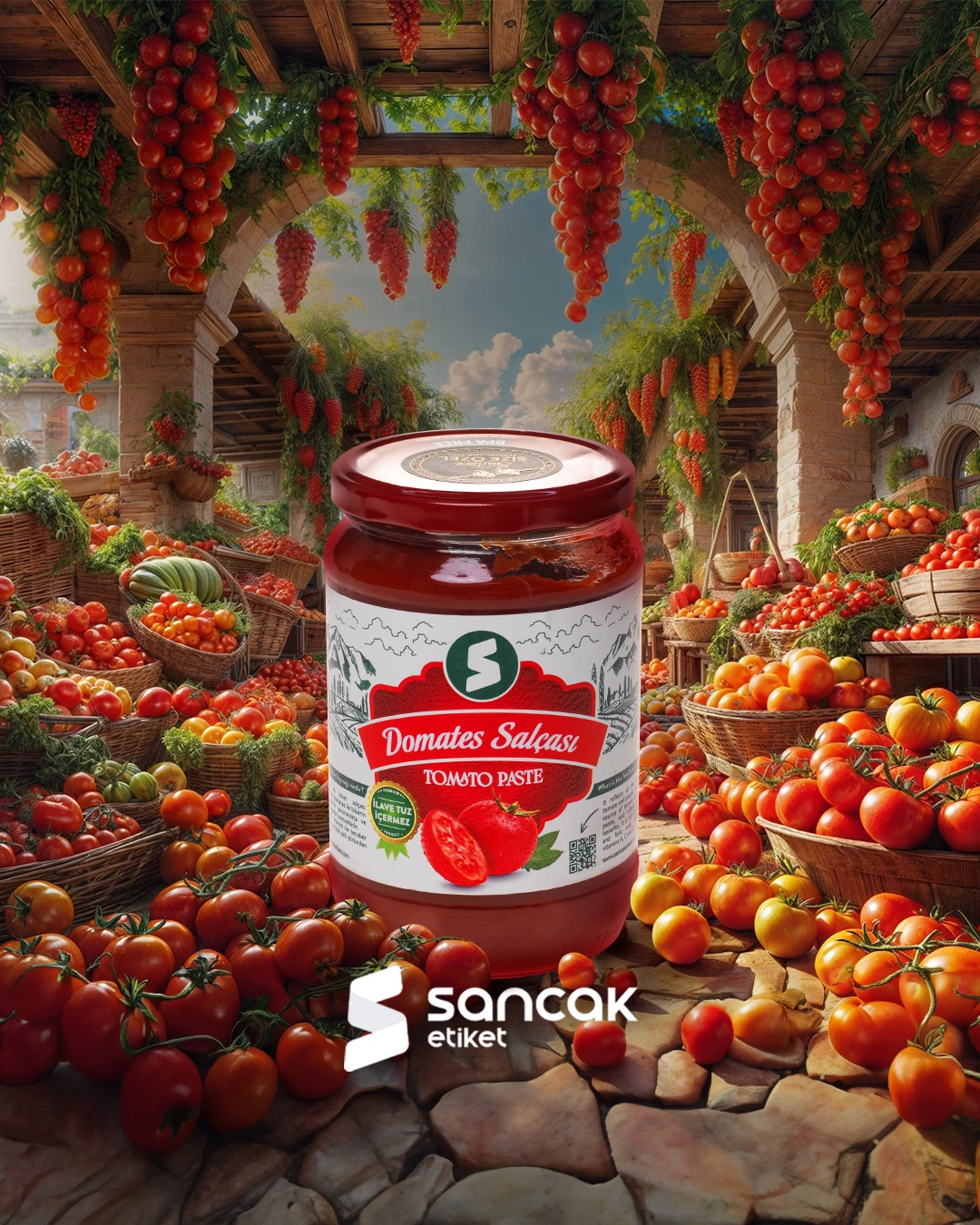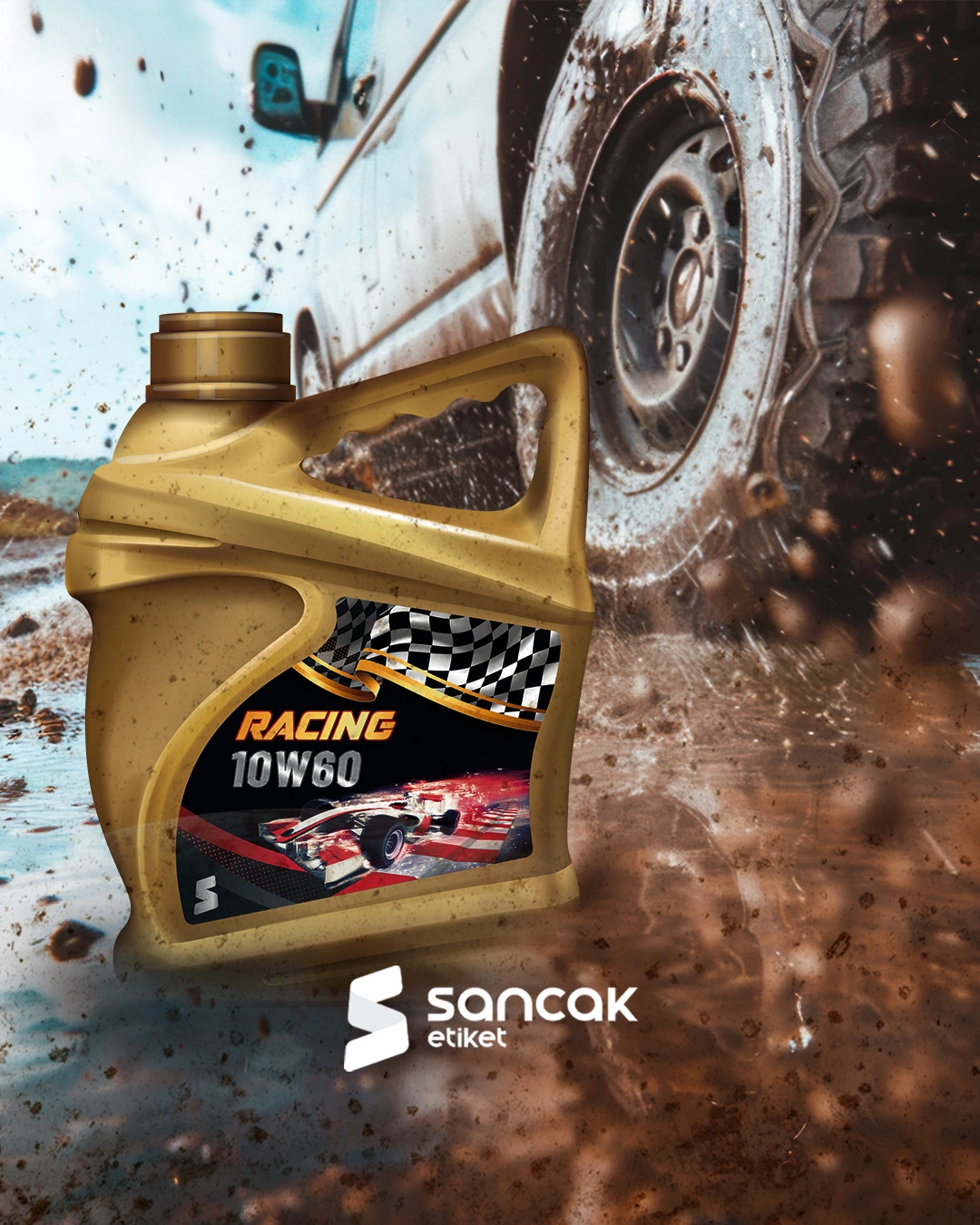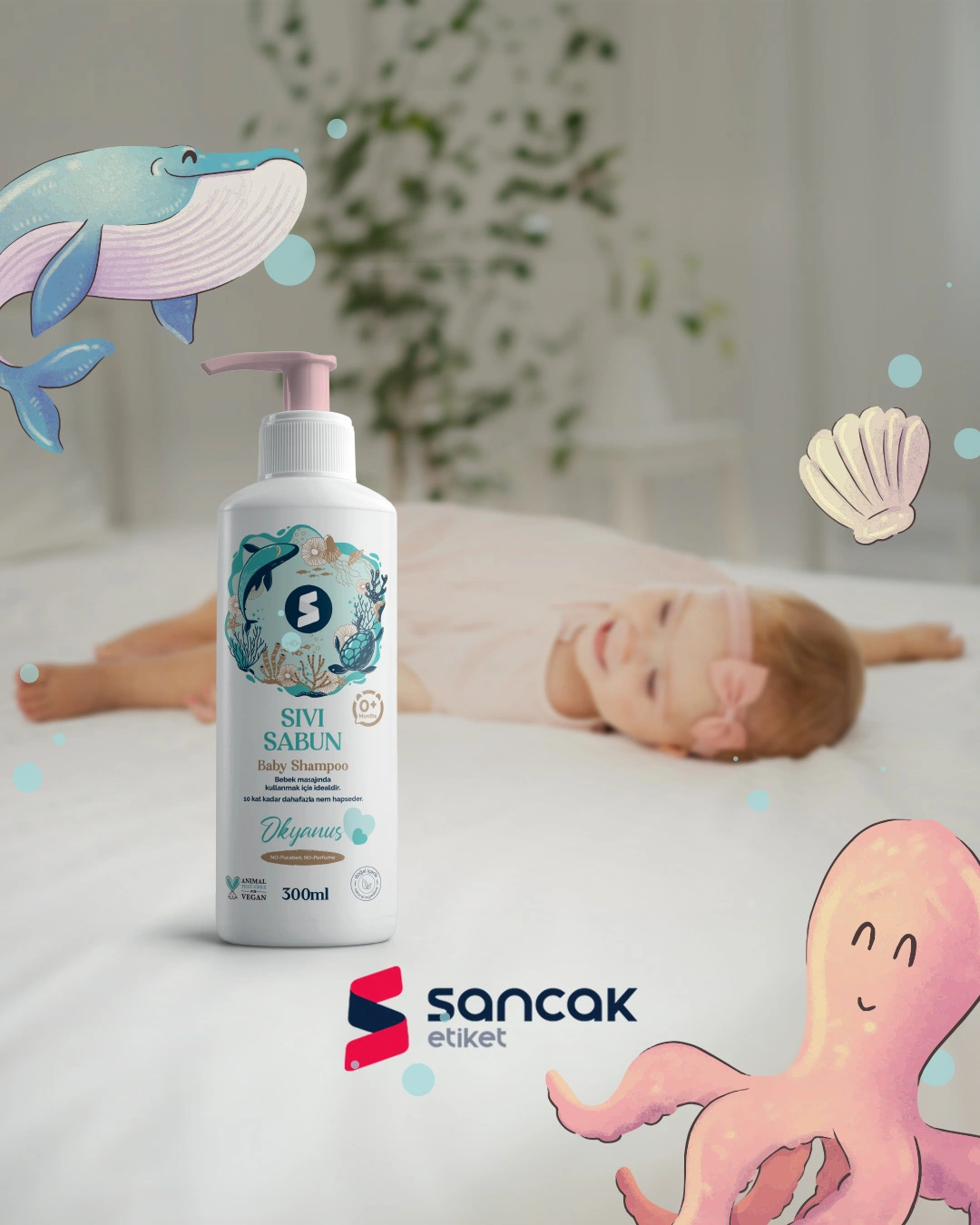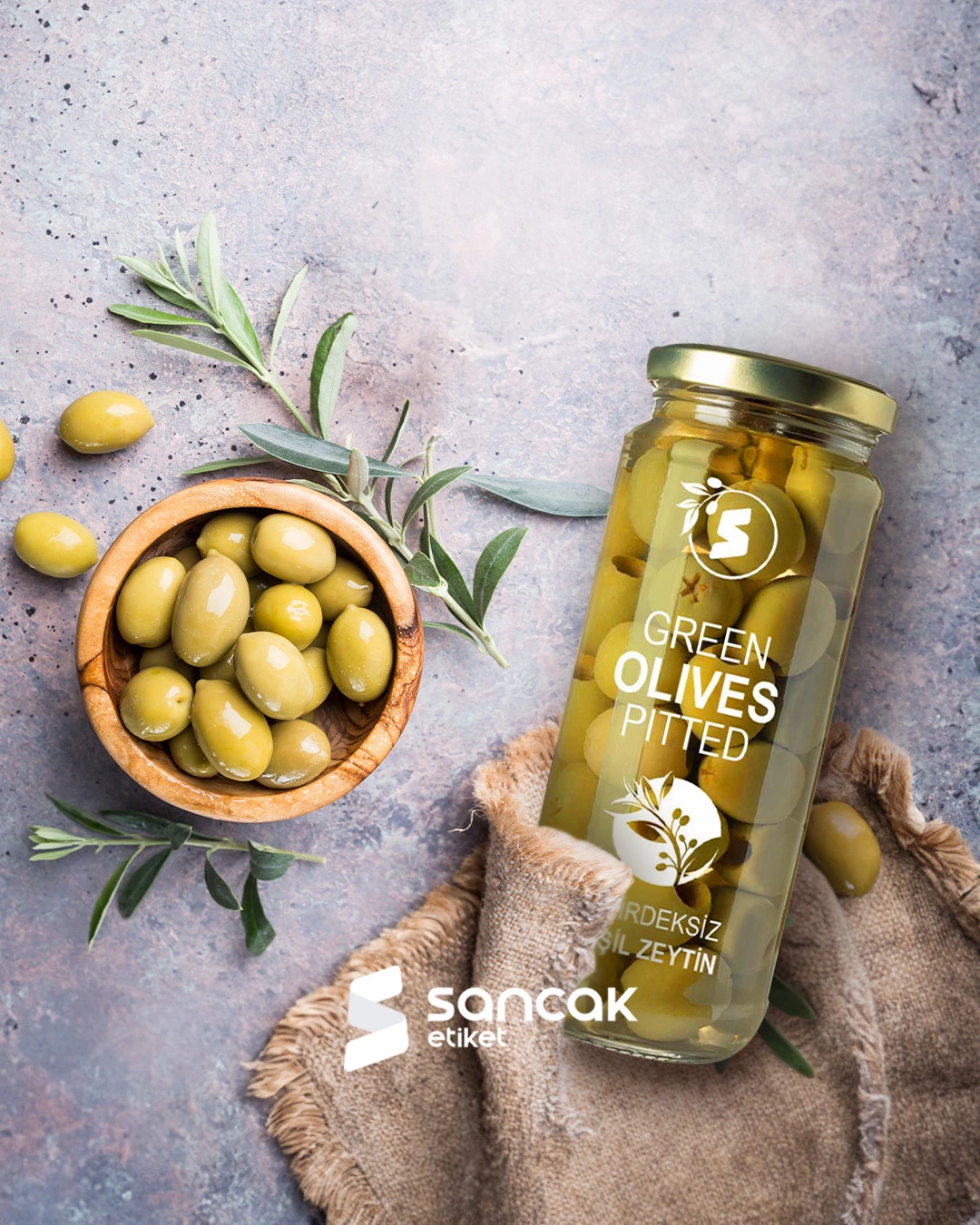What is a Label and What Types are Used?
A label is a product that carries necessary information to track the stages of production, manufacturing, storage, and other processes. It can be used on various surfaces and is adhesive in nature. The growing diversity of product brands and the increasing amount of information that needs to be displayed on products have driven the rapid growth of the labeling industry. This development has emerged as a result of changes in the industrial sector and the diversification of production systems.
Labels are used across almost every industry, with each type serving different purposes. Here are the most commonly used types of labels:
1. Glossy Paper Label
Coated labels have a glossy, smooth surface and a durable structure. They can typically maintain their function for 1-2 years but are sensitive to water and moisture. Thermal transfer printing is generally used for this type of label. They are frequently used in markets, food products, and box labels.

2. Wellum Label
Wellum labels are paper-based and have a slightly rougher surface compared to coated labels. They are less resistant to external factors, making them more suitable for indoor use. Printing can be done using a ribbon. These labels are commonly used in markets, food products, and box labeling.

3. Eco Thermal Label
These labels feature thermal liquefaction, allowing printing through heat and temperature. However, they are not durable against external factors, leading to a shorter lifespan. Therefore, they are preferred for fast-consumption products. They are commonly used in the dry food, hospital, automation, and cargo sectors.
4. Laminated Thermal Label
Laminated thermal labels work through direct thermal printing without requiring a ribbon. They are more durable and longer-lasting than eco thermal labels. They are also cost-effective and commonly used in hospitals, cargo, and logistics sectors.
5. PP Opaque Label
This type of label is plastic-based and resistant to tearing. The surface is PVC-coated and transparent. It is water-resistant and highly durable against external factors. These labels are typically used in the chemical, chemical goods, and cosmetics industries.


6. PP Transparent Label
These are plastic-based labels with high resistance to water, moisture, heat, and sunlight. The key difference from PP opaque labels is that they are transparent and allow the underlying surface to be visible. They are widely used in the chemical and cosmetic industries and can also be used to protect surfaces and objects that are prone to deformation.

Adhesive Types Used in Labels
1. Acrylic Adhesives
Acrylic adhesives are ideal for outdoor applications as they are UV-resistant and long-lasting. These adhesives are most commonly used for labels in outdoor environments.
2. Water-Based Acrylic Adhesives
These adhesives provide excellent adhesion at normal temperatures. They are resistant to moisture and water, and strongly adhere to surfaces like glass, PE (polyethylene), and PP (polypropylene). They are also UV-resistant.
3. UV Acrylic Adhesives
UV acrylic adhesives are highly resistant to high temperatures, water, chemicals, and UV rays. They are known for being environmentally friendly and are safer than solvent-based adhesives. They are often used in home care and personal care products.
4. Hotmelt Adhesives
Hotmelt adhesives are composed entirely of solid materials and do not contain water carriers. These adhesives provide strong adhesion on both cold and moist surfaces and are effective on rough surfaces such as glass, paper, cardboard, PE, and PP. They are ideal for labels used in a range of environmental conditions, from room temperature to freezing conditions.
Conclusion
Labels play a crucial role in various stages, from production to sales. Selecting the right type of label is essential and depends on the product's characteristics and its intended use. Similarly, using the correct adhesive type can enhance the durability and functionality of the label. The labeling industry continues to grow in parallel with industrial changes, and innovations in this field are providing more tailored solutions to meet the needs of different sectors.